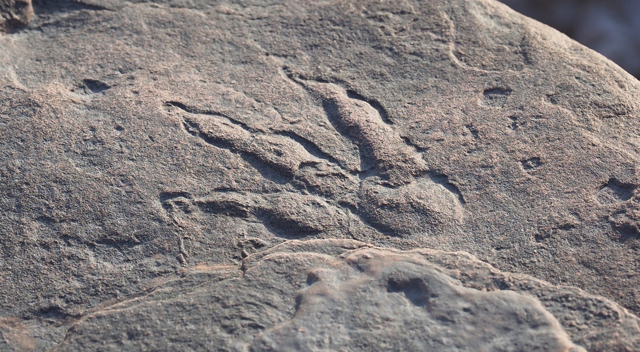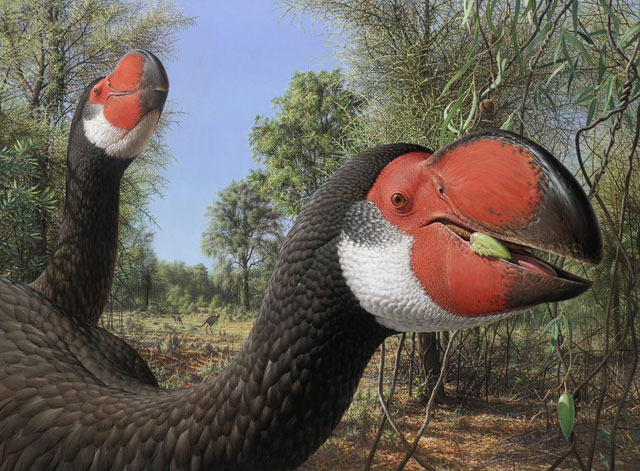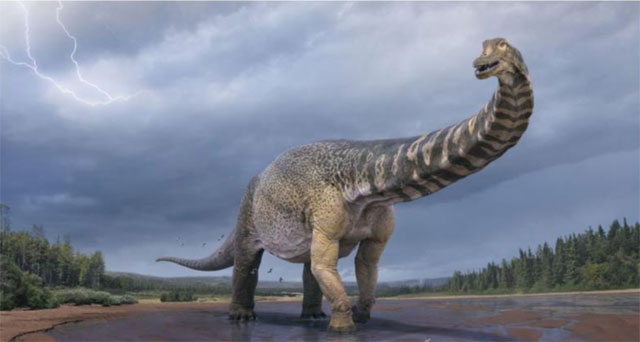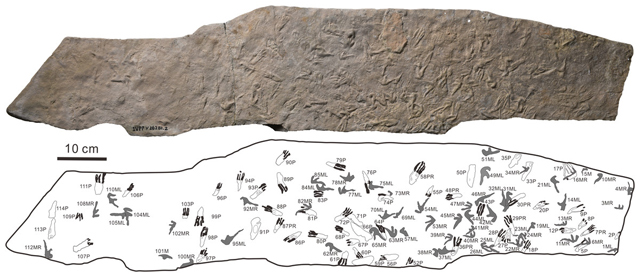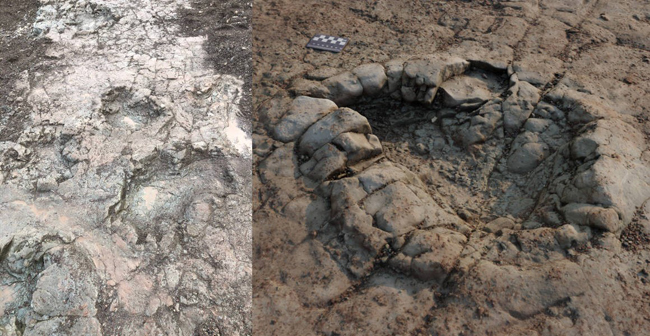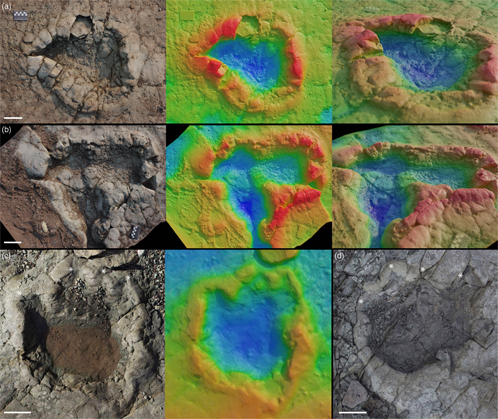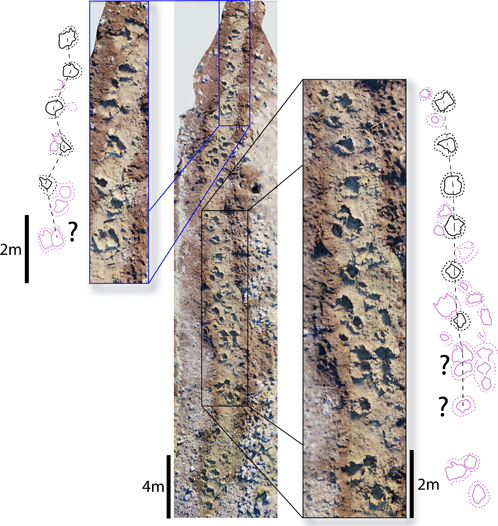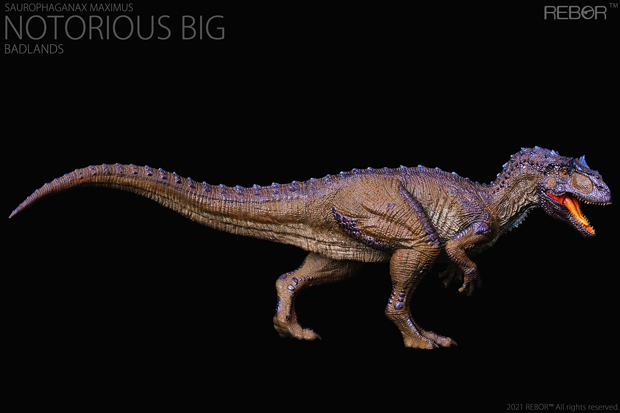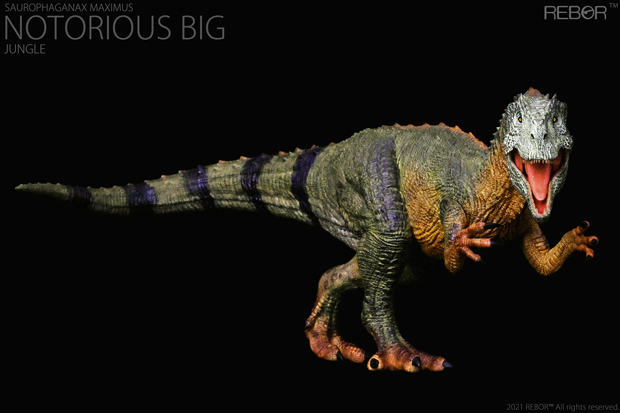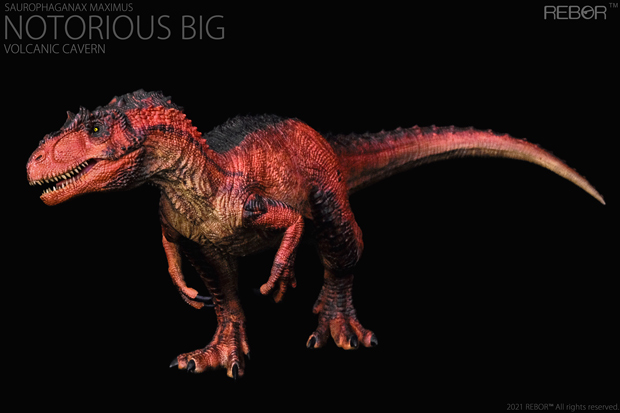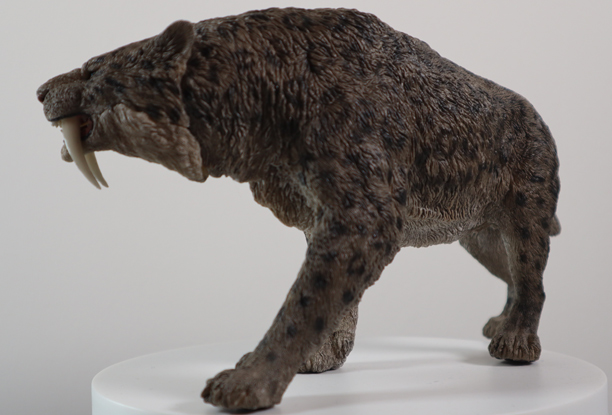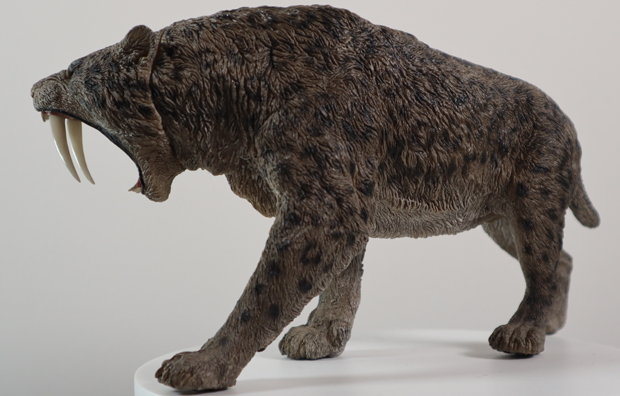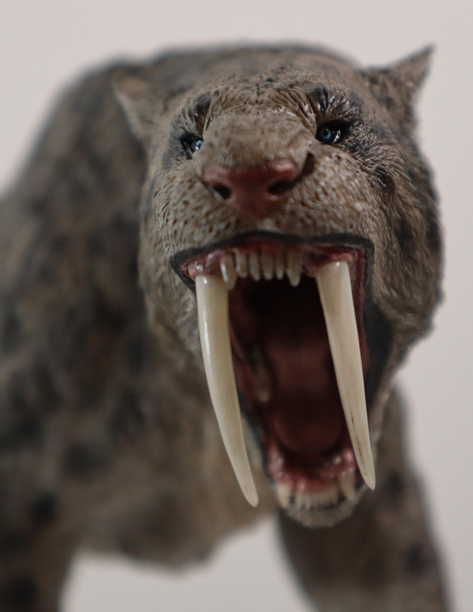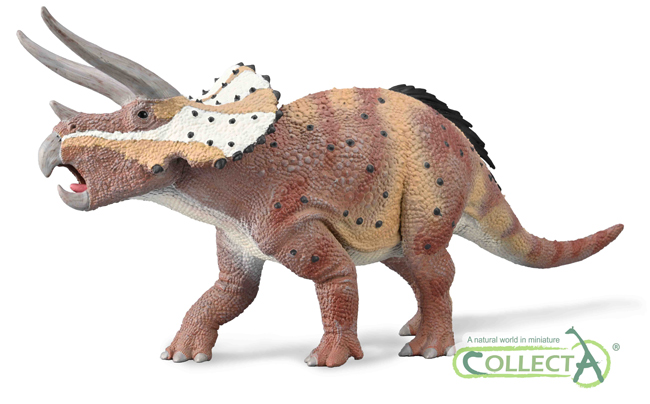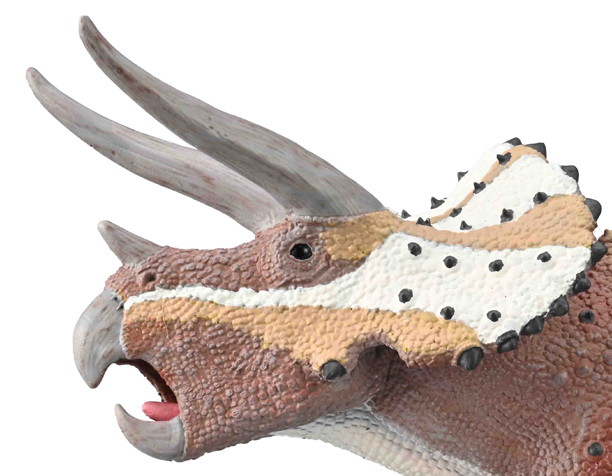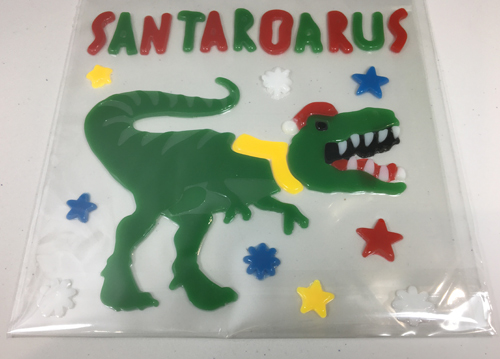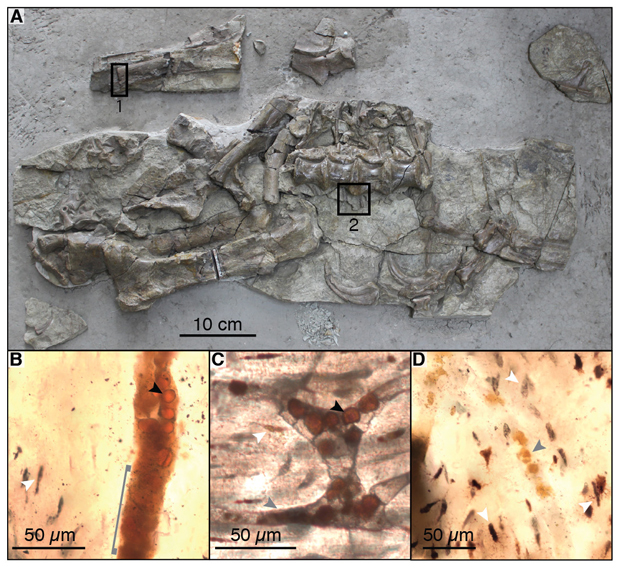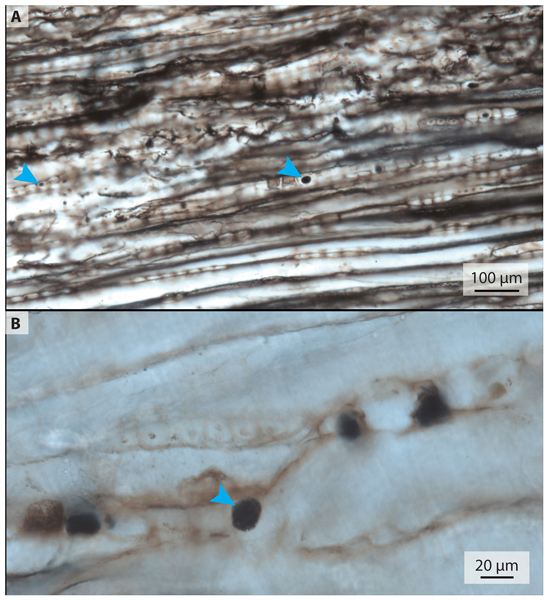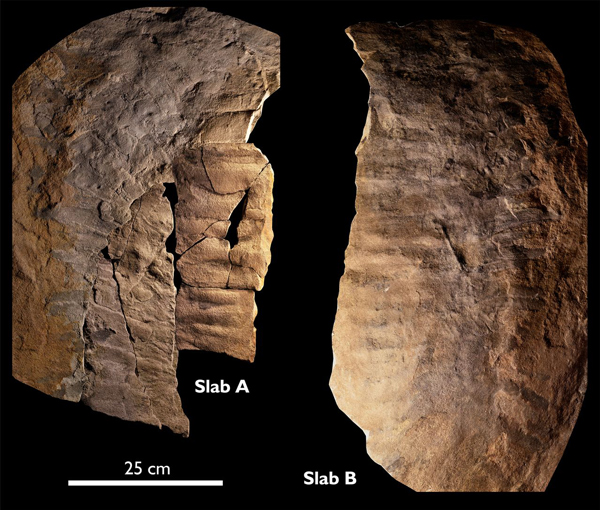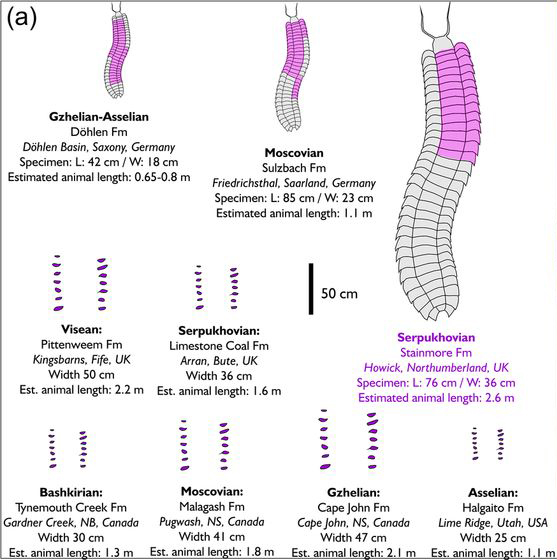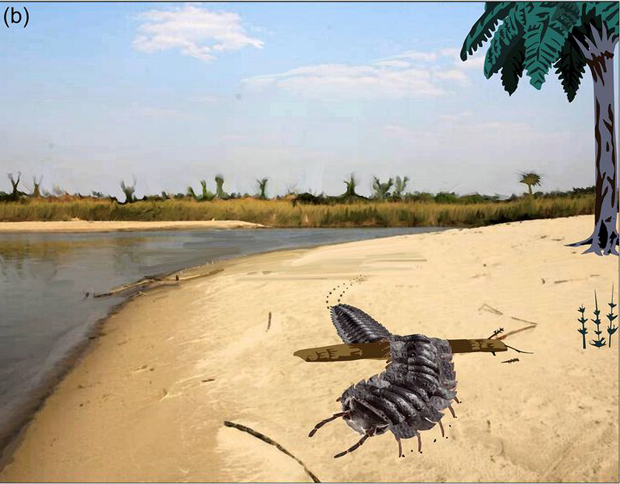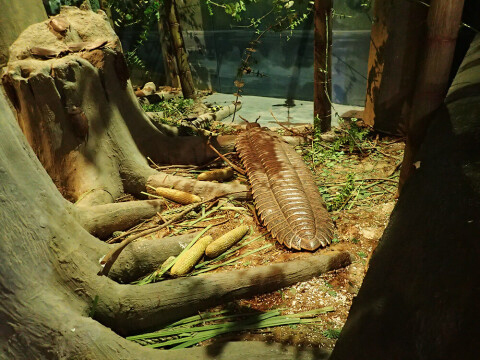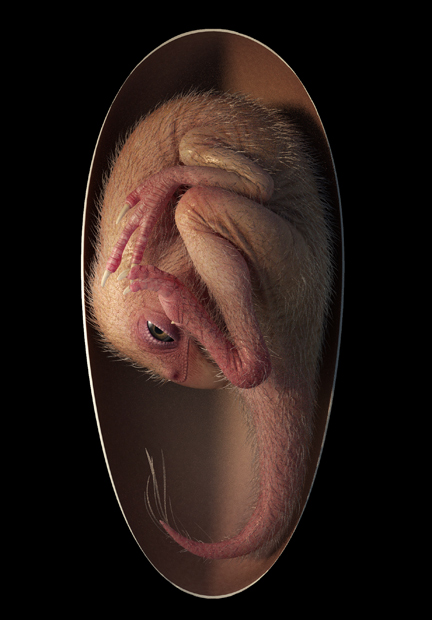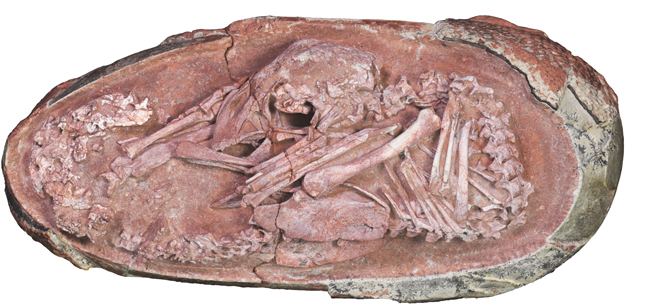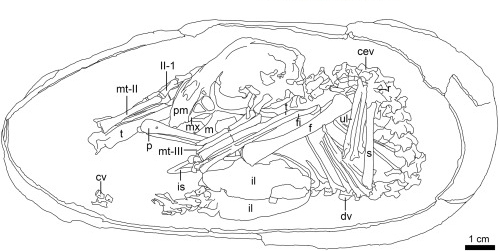Favourite and Popular Blog Articles of 2021 (Part 2)
Recently, team members at Everything Dinosaur posted about their favourite blog articles from the first six months of 2021. Today, we conclude our look at the 360 posts or so produced in 2021 by listing our favourite articles that went up from July to December.
To read part one of this series: Favourite Blog Articles of 2021 (Part 1)
July – Lots of New Dinosaur Discoveries
In July, team members announced two dinosaurs described from fossils found in Spain. We wrote about the enigmatic Late Cretaceous hadrosauroid Fylax thyrakolasus “Keeper of the Gates of Hell”, a sister taxon to Tethyshadros (more about Tethyshadros later). We also produced articles on prehistoric crocodiles from Chile, how straight shelled ammonites avoided predators, miniature alvarezsauroids, changes to European Union law that affects parcel deliveries and the first T. rex fossils to be exhibited in England for a hundred years. Other posts highlighted the evidence that some dinosaurs nested in the high Arctic and examined the respiration of Heterodontosaurus.
Our favourite article in July took a more scatological approach. A new genus of Triassic beetle was described after its fossil remains were found in ancestral dinosaur dung: Beetle Described from Fossil Poo.
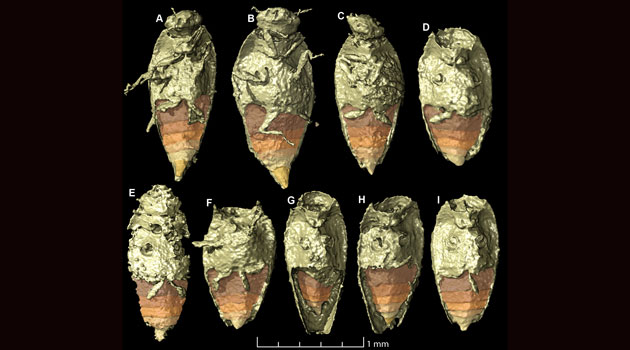
Images of the newly described Triassic beetle Triamyxa coprolithica, the first insect to be named and described from a coprolite. Picture credit: Qvarnström et al.
Picture credit: Qvarnström et al
Perfect Paraceratherium Figures
August saw Everything Dinosaur team members going on their only fossil hunt of the year, off to Wales to look for ancient corals. We marked the sad passing of Dr Angela Milner, a highly influential British palaeontologist who along with her colleague Alan Charig described Baryonyx in 1986. Our blog featured articles on two new Lower Cretaceous sauropods from China, revealed the part of space where the dinosaur killing extraterrestrial bolide came from and looked at the skull of the early bird Ichthyornis.
However, our favourite article documented the arrival of the eagerly awaited, super-sized Paraceratherium model from ITOY Studio. ITOY Studio are underrated, but they produce stunning prehistoric animal figures: ITOY Studio Paraceratherium Models Arrive.
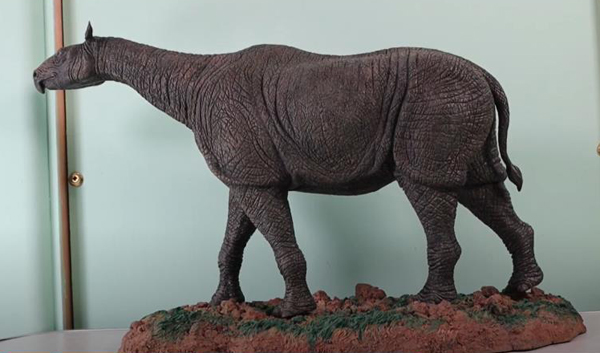
A view of the eagerly anticipated ITOY Studio Paraceratherium model. Picture credit: Everything Dinosaur.
Picture credit: Everything Dinosaur
Spinosaurids and a Giant Late Cambrian Armoured Radiodont
In September two new spinosaurids from the Isle of Wight were announced, details of the first rhamphorhynchid pterosaur from Gondwana was published, research into the evolution of snakes demonstrated that they evolved from a handful of species and scientists got under the skin of a Carnotaurus as well as providing information on the earliest ankylosaur known to science and the first from Africa. The first Late Cretaceous carcharodontosaurian from Central Asia was described (Ulughbegsaurus uzbekistanensis) and a paper about yet another new species of abelisaurid was published.
Our favourite post whisked readers back to the Cambrian, to the famous Burgess Shale deposits of British Columbia. One of the biggest animals from the Cambrian was scientifically described. The giant, armoured radiodont Titanokorys gainesi took centre stage: Titanokorys gainesi a Giant Cambrian Radiodont.

Life reconstruction of Titanokorys gainesi (a) dorsal view, (b) ventral view, (c) lateral view and (d) anterior view. Picture credit: Lars Fields/Royal Ontario Museum.
Picture credit: Lars Fields/Royal Ontario Museum
Giant Penguins and a Dinosaur from Greenland
October blog posts included an assessment of organic molecules found in the cells of a Caudipteryx, a re-examination of another feathered Chinese theropod Beipiaosaurus, giant sea scorpions, a new species of horned dinosaur from New Mexico and Pendraig milnerae, a new species of dinosaur from Wales, named in honour of the recently passed Dr Angela Milner. Fossils found by school children on a field trip to a beach in New Zealand turned out to have come from a giant penguin, at 1.4 metres tall, Kairuku waewaeroa was a most impressive bird: A New Giant Penguin from New Zealand.
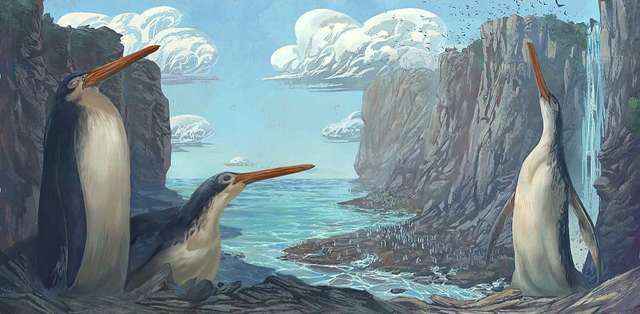
The Kawhia giant penguin Kairuku waewaeroa from the Oligocene of North Island (New Zealand). Picture credit: Simone Giovanardi.
Picture credit: Simone Giovanardi
Customer model reviews and drawings by young palaeoartists featured in November, along with new Isle of Wight iguanodonts, headless pterosaurs, Permian beetles and toothless Brazilian theropods. Everything Dinosaur produced articles and videos on the new for 2022 CollectA models and the Early Cretaceous ornithomimosaur Pelecanimimus came under the spotlight.
Our favourite post featured Issi saaneq, a sauropodomorph that roamed Greenland during the Late Triassic. It is the first non-avian dinosaur to be named from fossils found in Greenland: Issi saaneq “Cold Bones” from Greenland.
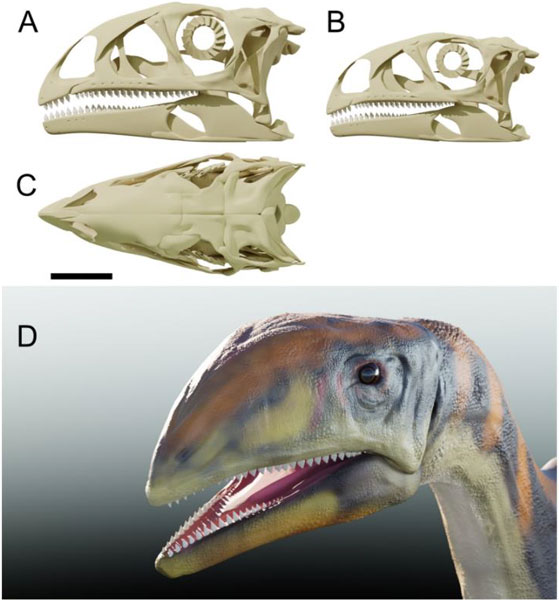
Digital interpretative reconstruction of the skulls NHMD 164741 and NHMD 164758 and living representation of Issi saaneq. (A) Digital interpretative reconstruction of the skull NHMD 164741 in left lateral view (A). Digital interpretative reconstruction of the smaller skull NHMD 164758 in left lateral view (B). Digital interpretative reconstruction of skull NHMD 164741 in dorsal view (C). Living representation of Issi saaneq (D). Scale bar = 50 mm.
December Yet More Dinosaurs and Upscaling Tethyshadros
As we entered the final month of 2021, we reported upon Stegouros elengassen, a new armoured dinosaur from Chile, research surrounding the KPg extinction event that postulated the extraterrestrial impact took place in the Northern Hemisphere late spring/summer and we helped a young dinosaur fan get reunited with a favourite dinosaur soft toy. Yet another dinosaur from the Isle of Wight was announced – Vectiraptor greeni, the largest fossilised remains of the giant millipede Arthropleura were discussed and palaeontologists got very excited about an exquisitely preserved dinosaur embryo inside a fossilised egg.
In December, we returned once again to the Late Cretaceous hadrosauriform Tethyshadros. A description of a second, much larger specimen was published and it refutes the idea that this dinosaur was a pygmy form – that Tethyshadros was an example of insular dwarfism: Sizing Up Tethyshadros.
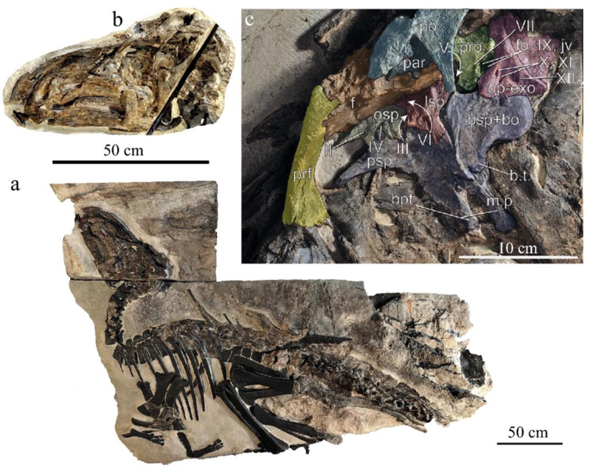
The new skeleton of Tethyshadros insularis “Bruno” (a) preserving details of its cranial anatomy such as the nearly complete skull (b) exposing its braincase (c) adding important information for the anatomy and systematic of this taxon. Elements in black are reconstructed. Picture credit: Chiarenza et al.
Picture credit: Chiarenza et al
This completes are our run through of the blog posts of 2021. We look forward to writing about new dinosaur discoveries, fossil finds and palaeontology related news stories over the next 12 months.
The award-winning Everything Dinosaur website: Dinosaur Models and Toys.


